Evolving Consumer Preferences
The luxury goods market is witnessing a transformation in consumer preferences, particularly among younger generations. Millennials and Gen Z consumers are increasingly prioritizing experiences over material possessions, yet they still exhibit a strong inclination towards luxury brands that resonate with their values. This demographic seeks authenticity, quality, and brand heritage, which influences their purchasing decisions. As a result, luxury brands are adapting their offerings to align with these preferences, focusing on limited-edition products and personalized experiences. Market data suggests that brands that successfully engage with younger consumers through innovative marketing strategies are likely to thrive in the luxury goods market, as these consumers are projected to account for a significant share of luxury spending in the coming years.
Technological Advancements in Retail
The luxury goods market is increasingly influenced by technological advancements that enhance the shopping experience. Innovations such as augmented reality (AR) and virtual reality (VR) are being integrated into retail strategies, allowing consumers to engage with products in immersive ways. Additionally, the rise of e-commerce has transformed how luxury brands reach their customers, with online sales projected to account for a substantial portion of total luxury sales. Data indicates that online luxury sales in the US are expected to grow by over 20% annually, reflecting a shift in consumer behavior towards digital shopping. This technological evolution is likely to reshape the luxury goods market, as brands invest in digital platforms to cater to the evolving preferences of tech-savvy consumers.
Cultural Influences and Globalization
The luxury goods market is significantly shaped by cultural influences and the effects of globalization. As consumers in the US are increasingly exposed to international trends and lifestyles, their preferences for luxury brands are evolving. The cross-cultural exchange of ideas and aesthetics has led to a greater appreciation for diverse luxury offerings, prompting brands to adapt their products to cater to a broader audience. Furthermore, the rise of social media platforms has amplified the visibility of luxury brands, allowing them to reach consumers more effectively. Market analysis suggests that brands that embrace cultural diversity and leverage The luxury goods market, appealing to a wider range of consumers.
Rising Affluence and Wealth Concentration
The luxury goods market in the US is experiencing a notable surge in demand, driven by the increasing affluence of consumers. As wealth concentration rises, particularly among high-net-worth individuals, the purchasing power for luxury items expands. Recent data indicates that the number of households with a net worth exceeding $1 million has grown significantly, suggesting a robust market for luxury goods. This demographic shift is likely to propel sales in high-end fashion, jewelry, and automobiles, as affluent consumers seek to express their status through premium products. Furthermore, the luxury goods market is expected to benefit from the growing trend of wealth accumulation, which may lead to a sustained increase in consumer spending on luxury items.
Sustainability Initiatives and Brand Responsibility
The luxury goods market is increasingly influenced by sustainability initiatives and the growing demand for corporate responsibility. Consumers are becoming more conscious of the environmental and social impacts of their purchases, leading luxury brands to adopt sustainable practices in their production processes. This shift is evident in the rising popularity of eco-friendly materials and ethical sourcing, which resonate with consumers' values. Data indicates that a significant portion of luxury consumers in the US is willing to pay a premium for sustainable products, suggesting that brands prioritizing sustainability may enhance their market position. As the luxury goods market evolves, companies that effectively communicate their commitment to sustainability are likely to attract a loyal customer base, fostering long-term growth.



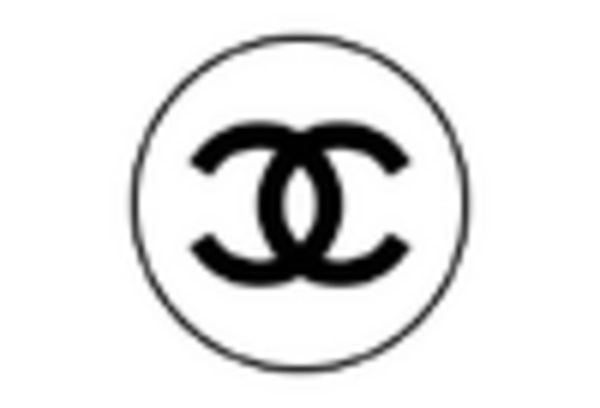
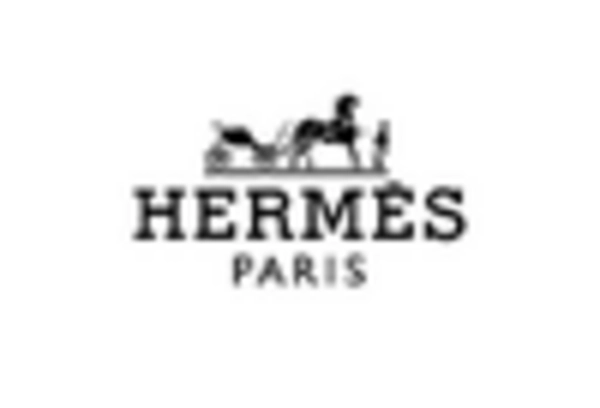
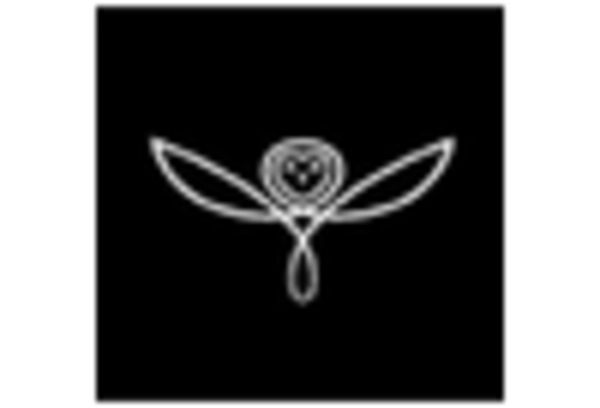
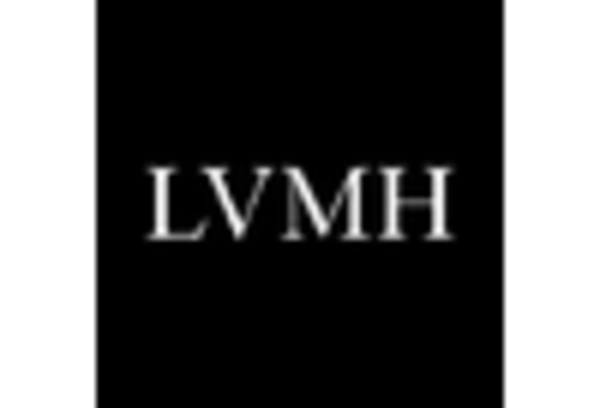

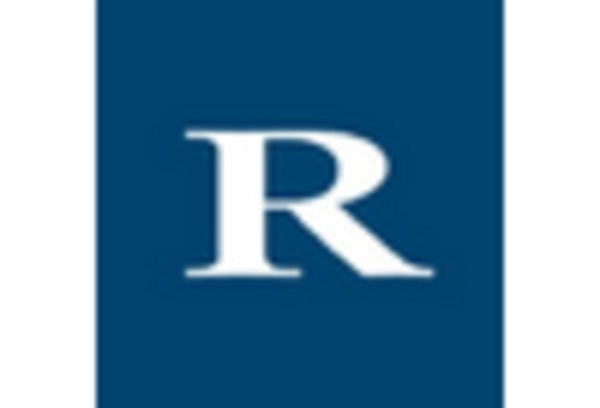








Leave a Comment